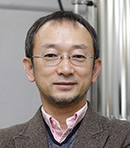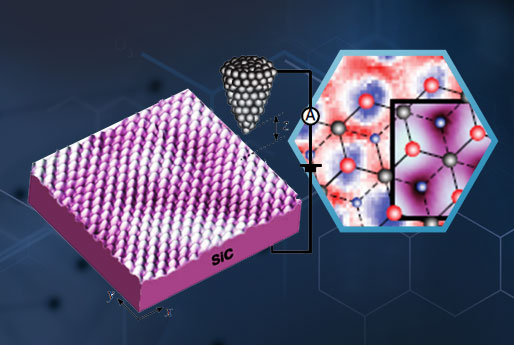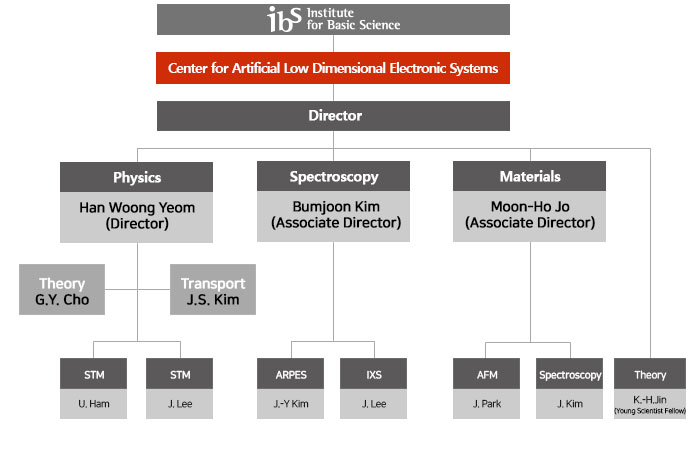주메뉴
- About IBS 연구원소개
-
Research Centers
연구단소개
- Research Outcomes
- Mathematics
- Physics
- Center for Theoretical Physics of the Universe(Particle Theory and Cosmology Group)
- Center for Theoretical Physics of the Universe(Cosmology, Gravity and Astroparticle Physics Group)
- Center for Exotic Nuclear Studies
- Center for Artificial Low Dimensional Electronic Systems
- Center for Underground Physics
- Center for Axion and Precision Physics Research
- Center for Theoretical Physics of Complex Systems
- Center for Quantum Nanoscience
- Center for Van der Waals Quantum Solids
- Chemistry
- Life Sciences
- Earth Science
- Interdisciplinary
- Institutes
- Korea Virus Research Institute
- News Center 뉴스 센터
- Career 인재초빙
- Living in Korea IBS School-UST
- IBS School 윤리경영


주메뉴
- About IBS
-
Research Centers
- Research Outcomes
- Mathematics
- Physics
- Center for Theoretical Physics of the Universe(Particle Theory and Cosmology Group)
- Center for Theoretical Physics of the Universe(Cosmology, Gravity and Astroparticle Physics Group)
- Center for Exotic Nuclear Studies
- Center for Artificial Low Dimensional Electronic Systems
- Center for Underground Physics
- Center for Axion and Precision Physics Research
- Center for Theoretical Physics of Complex Systems
- Center for Quantum Nanoscience
- Center for Van der Waals Quantum Solids
- Chemistry
- Life Sciences
- Earth Science
- Interdisciplinary
- Institutes
- Korea Virus Research Institute
- News Center
- Career
- Living in Korea
- IBS School
Research Centers
- Research Outcomes
- Mathematics
- Physics
- Center for Theoretical Physics of the Universe(Particle Theory and Cosmology Group)
- Center for Theoretical Physics of the Universe(Cosmology, Gravity and Astroparticle Physics Group)
- Center for Exotic Nuclear Studies
- Center for Artificial Low Dimensional Electronic Systems
- Center for Underground Physics
- Center for Axion and Precision Physics Research
- Center for Theoretical Physics of Complex Systems
- Center for Quantum Nanoscience
- Center for Van der Waals Quantum Solids
- Chemistry
- Life Sciences
- Earth Science
- Interdisciplinary
- Institutes
- Korea Virus Research Institute
Exploring the untapped potential of atomic-level, low-dimensional systems
Tel. +82-54-279-9882
Fax +82-54-279-9889
IBS Center for Artificial Low Dimensional Electronic Systems
Room 401, Science Building III, POSTECH,
77, Cheongam-ro, Nam-gu, Pohang, Gyeongsangbuk-do
Director

Director YEOM Han Woong
Professor Yeom is the director of the Center for Artificial Low Dimensional Electronic System (CALDES), established in June 2013. Director Yeom earned his M.S. from Pohang University of Science and Technology (POSTECH) in 1991 before securing his Ph.D. from Tohoku University in Japan in 1996. He returned to Korea and in 2000 was made a Physics Professor in Yonsei University.
In 2010 he was also promoted to a full Professor in POSTECH before taking up his position in IBS.
Introduction

Investigating quantum properties of new low-dimensional electronic systems that are atomically created and controlled
- - Fabricating new atomic-level, low-dimensional materials such as atomic wires and films
- - Creating heterointerfaces with low-dimensional systems and investigating properties of matter at the atomic-level
- - Discovering new low-dimensional electronic properties originating from the interplay of symmetries, phase characteristics and interactions of electrons
- - Developing new electronic devices based on low-dimensional electronic systems
Main research activities
Our society in the twenty-first century is based on information technology, which is supported by logic and memory devices produced by the semiconductor industry. So far, the development of the device industry has been maintained by the progressive downsizing of technology to mass-produce smaller and cheaper devices. However, the spectacular development in recent decades, which has resulted in devices as small as 20nm in size, has also revealed the obvious and imminent fundamental limitation of downsizing. This constitutes the deepening crisis in the electronics industry that threatens to impede further development in information technology and society.
The situation therefore calls for the following urgent remedies:
- The invention of new devices of unprecedented dimensions and functionality
- A paradigm shift in information processing (e.g., quantum/neural computing)
- Major advances in our understanding of the fundamental physics underlying breakthrough devices and information processing.
We aim to
(a) create atomically controlled artificial materials (e.g., wires, layers, ultra-thin films, heterointerfaces, and multilayers) that can host novel low-dimensional electronic systems; (b) devise methods to gain ultimate atomic-scale control over these materials in order to manipulate their local and global electronic properties; and (c) discover new types of quantum matter originating from exotic symmetries and orders of low-dimensional electrons, and address the significant problems posed by quantum phase fluctuations, competitions, and low-dimensional electrons in transition.
We propose an innovative approach to achieve the above goals. It combines the atomically controlled in-situ growth of new materials with advanced spectroscopic and microscopic techniques (e.g., spin-and angle-resolved photoelectron spectroscopy; ultra-low-temperature high-magnetic-field scanning tunneling microscopy). We strive to pave the way for producing revolutionary electronic or spintronic devices based on new types of quantum electronic properties inherent in low dimensions.
Organization

Main research results
- Large anomalous Hall current induced by topological nodal lines in a ferromagnetic van der Waals semimetal
(Nature Materials, 2018) - Coplanar semiconductor?metal circuitry defined on few-layer MoTe2 via polymorphic heteroepitaxy
(Nature Nanotechnology, 2017) - Switching chiral solitons for algebraic operation of topological quaternary digits
(Nature Physics, 2017) - Chiral solitons in a coupled double Peierls chain
(Science, 2015) - Observation of tunable band gap and anisotropic Dirac semimetal state in black phosphorus
(Science, 2015)
Personnel
| Total | 74 |
|---|---|
| Gender | 67(Male), 7(Female) |
| Korean/ International | 69(Korean), 5(International) |
Degree
Position
As of October. 2019
- Content Manager
- Center for Artificial Low Dimensional Electronic Systems : Lee Jung Wha 054-279-9882
- Last Update 2024-06-03 13:58












